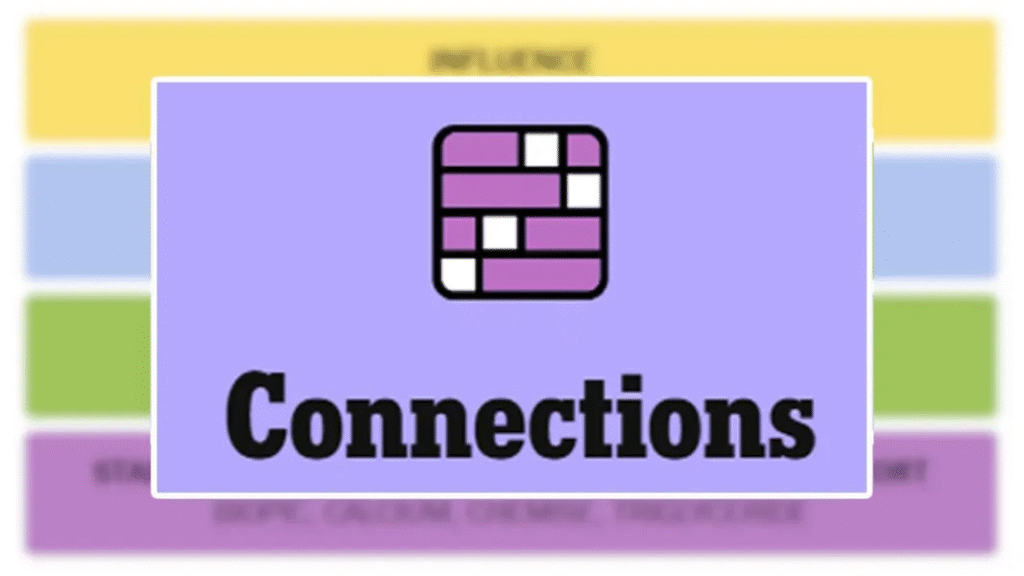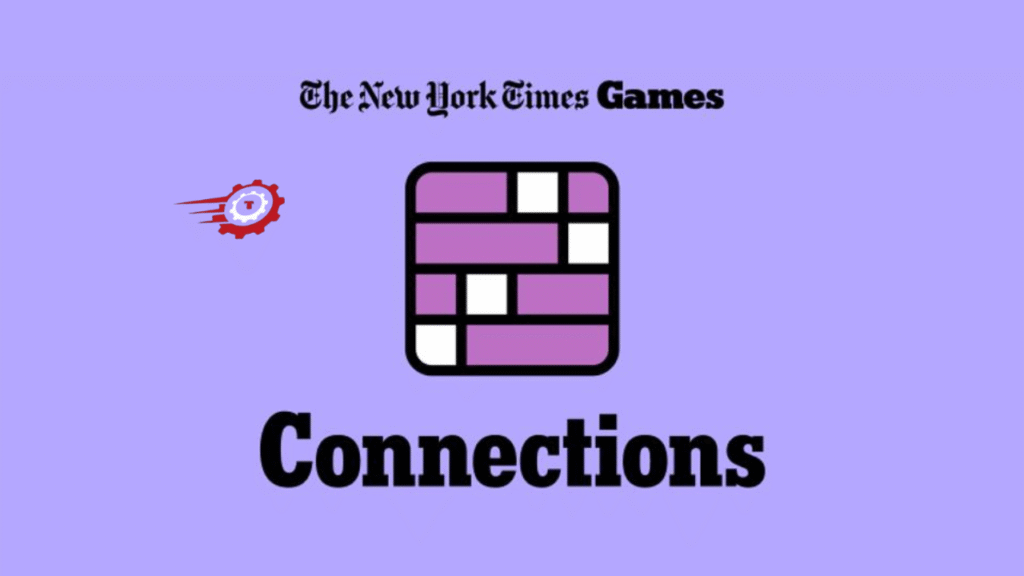Everyone wants success, but not everyone knows how to reach the right people. The truth is, most successful entrepreneurs, influencers, and thought leaders use proven, simple networking secrets to get connected with the right audience. These strategies, often hidden behind closed doors, are called “Forbes connections hints,” and today we’re going to reveal them all in one place.
What Does “Forbes Connections Hints” Even Mean?
The term “Forbes connections hints” refers to the strategies, techniques, and behind-the-scenes steps people use to get noticed by the Forbes community, including Forbes contributors, editors, entrepreneurs featured in Forbes, and the broader Forbes network. These hints aren’t just about luck or who you know—they’re about how you position yourself, how you tell your story, and how you connect online and offline with influential people. For example, a startup founder from Texas may not personally know a Forbes editor, but by using a series of smart, small, and strategic networking steps, that founder could end up being mentioned or featured on Forbes.com. That’s the power of these hints. They help position individuals for growth, exposure, and credibility.
Many people misunderstand this concept. They think it means bribing someone or faking status. It’s not about pretending to be someone you’re not. “Forbes connections hints” are about building real, valuable, and strategic relationships with high-authority people in a natural and authentic way. It includes things like using content correctly, building a strong LinkedIn presence, engaging with Forbes writers ethically, and understanding what makes a story Forbes-worthy. These hints work especially well for professionals in the United States where Forbes is widely read, respected, and seen as a major credibility marker in the business world.
Why Are Forbes Connections So Important?
The reason why Forbes connections are important is simple—visibility and credibility. Being mentioned in Forbes or even having someone from Forbes engage with your content creates an instant boost in trust. When someone sees “As Featured in Forbes” on your profile, website, or social media, they automatically assume you are knowledgeable, experienced, and respected in your field. That credibility opens doors. Whether you’re trying to raise funds, get speaking opportunities, attract clients, or grow your brand, having a Forbes connection makes you more believable and memorable.
More than that, these connections often lead to partnerships, joint ventures, mentorship, and media coverage. It’s a domino effect. One mention or one repost by a Forbes contributor can get the attention of other journalists, editors, and business influencers. That’s why having even a small network of Forbes-related contacts can have a massive impact on your success. Forbes connections also allow you to learn how top-tier professionals think, act, and communicate—because success often leaves clues.
How These Forbes Connections Hints Actually Work

Share Smart Stories
One of the smartest ways to catch the attention of someone in the Forbes network is by sharing stories that matter. This means publishing content that isn’t just about selling your services or talking about your achievements. Instead, focus on stories that teach something, solve a real problem, or inspire others. Forbes contributors are always on the lookout for content that adds value to their audience. If your post helps a reader make a better decision, grow their business, or improve their mindset, it increases the chance that it will be noticed and shared. Real success stories—especially ones that show resilience, innovation, or transformation—stand out more than just numbers and stats.
Connect with the Right People
You don’t need to know everyone—you just need to know a few of the right people. Start by identifying who in your industry contributes to Forbes. Many writers include their social profiles or email at the end of their articles. Engage with their posts. Share thoughtful comments. Don’t ask for favors. Instead, offer something useful or compliment them on a great insight. Over time, you build a relationship that’s based on value and mutual respect. Once trust is established, it becomes easier to pitch a story or be considered as a source.
Build a Strong Online Profile
In the digital age, your online presence speaks before you do. Whether it’s LinkedIn, your website, or even Twitter (X), your profiles should clearly communicate who you are, what you do, and why it matters. A strong bio, a professional photo, and valuable content go a long way. Forbes contributors check out your profile before quoting or featuring you. Make sure you look the part. Keep your posts clean, informative, and engaging. Include your achievements, client wins, and behind-the-scenes lessons in a way that’s humble yet impactful. Think of your profile as a digital resume designed to impress Forbes-level professionals.
Small Steps to Start Building Forbes-Worthy Connections
Getting into elite networks may sound tough, but it starts with small steps. Begin by cleaning up your digital presence. Make sure your bio, photo, and tagline are clear across platforms. Next, create two or three content pieces that are insightful and helpful—these could be on your blog, LinkedIn, or Medium. Tag relevant influencers when appropriate, especially if they’re connected to the Forbes network. Join Facebook or LinkedIn groups where Forbes contributors hang out. Watch how they talk, what content they post, and how they engage. Start liking and commenting on their posts regularly. Build slow, genuine relationships. Over time, you will move from stranger to familiar name to potential collaborator or feature.
Tools That Can Help You Get Noticed
There are several tools that help you grow your visibility and build meaningful connections with high-authority individuals. For example, LinkedIn Sales Navigator allows you to target people by job title, publication, or company—making it easier to find Forbes contributors or editors. BuzzSumo can show you what kind of articles are trending in your niche and who’s writing them. Tools like Hunter.io help find verified email addresses of journalists and writers ethically. You can use Canva to design visually appealing graphics to share your success stories or business case studies. Google Alerts helps you track new Forbes articles in your industry. HARO (Help a Reporter Out) is another great tool where reporters—including those from Forbes—ask for expert quotes. Answering these builds your chances of getting featured. Other tools like Grammarly, Jasper AI, and Notion can help you organize and write high-quality content that attracts attention.
Mistakes to Avoid When Trying to Connect

Don’t Brag Too Much
One of the fastest ways to lose credibility is by over-hyping yourself. Yes, you’ve worked hard, and your results matter, but the goal is to tell your story with humility. Let your value shine through your message, not through exaggerated claims. Forbes-level professionals can easily spot when someone is trying too hard. Bragging makes you look insecure and desperate—not confident or professional.
Don’t Copy Others
It’s tempting to copy someone else’s LinkedIn bio or story structure, especially if it worked for them. But authenticity matters. Forbes contributors want fresh angles, not recycled messages. Be inspired by others, but don’t duplicate. Your unique journey, perspective, or strategy is what makes you stand out. Whether it’s your startup experience, career shift, or leadership approach—own your story, don’t imitate someone else’s.
Don’t Spam People
Sending messages to 20 contributors asking, “Can you feature me in Forbes?” is not only unprofessional but also harmful to your brand. True connections are built on mutual value and respect. Spamming people shows you don’t respect their time or their process. Instead, focus on meaningful engagement. If you’re sharing valuable content, they’ll take notice over time. Quality beats quantity—always.
Real Stories of People Who Made It
Take the story of Jenna, a self-taught web developer from Atlanta. She began by sharing coding tutorials on LinkedIn and writing on Medium about her journey from being broke to building six-figure websites. Over time, her content caught the attention of a Forbes Tech contributor who was looking for real women in tech. She was featured in an article titled “5 Women Developers Changing the Tech Game.” That one mention led to multiple podcast invites, client leads, and eventually a book deal. Jenna didn’t have a PR agent or fancy credentials—she just used the Forbes connections hints that anyone can follow.
The Bottom Line
Forbes connections hints aren’t magical secrets reserved for the elite—they’re practical, proven strategies anyone can use to grow their brand, get noticed, and connect with the right people. It all starts with showing up where it matters, sharing meaningful stories, building a strong digital footprint, and respecting the process. Whether you’re a startup founder, coach, freelancer, or professional trying to grow your brand in the U.S., these hints can help you attract more eyes, build better relationships, and take your career to the next level. Keep it real, keep it smart, and remember—every big connection starts with a small, thoughtful step. Use these hints wisely, and one day, someone might just find you in Forbes.

